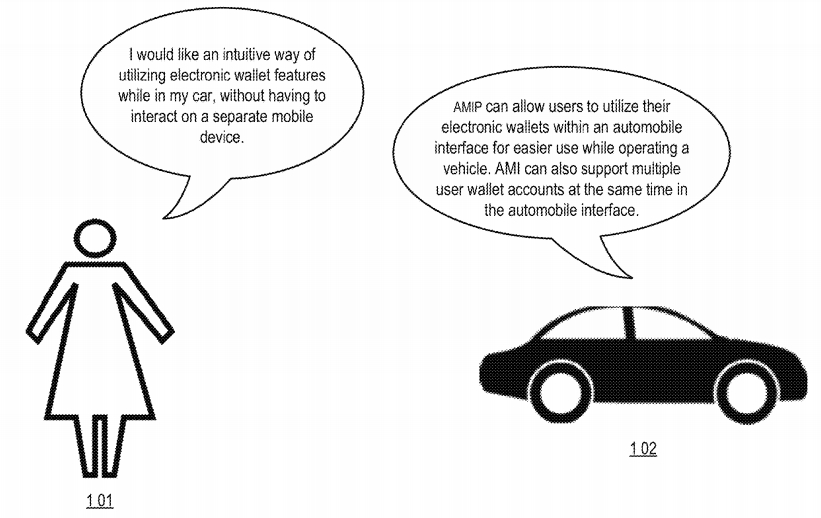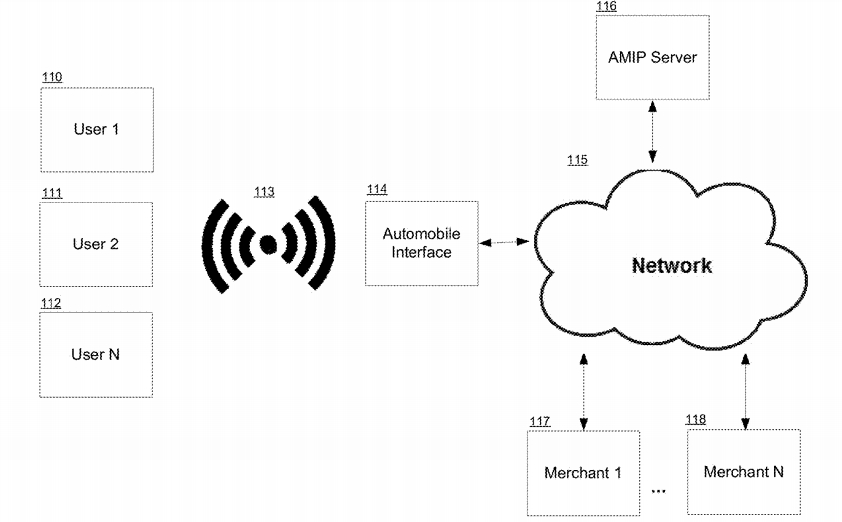Cars and scooters of the present do offer a lot of features, specially since many of them now offer touchscreen functionality like phones. However, they are broken in many ways. For example, in case of India, the FASTAG technology has only gained prominence recently and it lets user pay through an ewallet or a bank account linked to a particular RFID tag placed on the screen. However, in case the car gets stolen the user would be charged for toll tax unless user disconnects the wallet or delinks it from the RFID tag. Plus, in case if the car is being shared by people, there’s no way to divide the toll tax among users of the car within the existing framework. Many present day cars / scooters have an interface where they let the user choose radio channel, seat settings, driving mode, air-conditioning settings, etc. However, a user would need to do all of this manually again if he wants to use another vehicle since vehicles store these settings locally and do not communicate with each other. So, the research paper outlines the framework as to how can the integration may happen and provides a glimpse into the feature list that an automobile of the future may have.
What’s broken?
A car today can facilitate communication via mirroring the phone screen, however, it cannot communicate itself and is broken in that sense. Also, you have to separately integrate the RFID tag and mirror the phone’s screen via PIN etc. The simple reason for this is the lack of framework or a common backbone that can accommodate cars on the network and enable communication with the internet. To an extent, this may be overcome with more advancements in the e-sim technology that many manufacturers are now providing, the latest example of this is the Bajaj Chetak and some other electric scooters and cars.
To provide a larger list of features, the framework would also require to allow the automobiles to communicate with any third party apps that user may be using. A framework like this may allow integration despite the presence of various brands and competing technologies since car brands may be hesitant to give up on the unique experience they have to offer. Even if the framework does not allow cars of different brands to communicate between them due to lack of agreement, the brands can benefit from such a framework since it would allow the cars of a brand to communicate among themselves .
The patent proposes an Automobile Mobile Interaction Platform (AMIP) controller that works as the backbone for the various desired operations. The function that this platform serves is that it transforms cloud - based wallet and automobile settings into transaction and automobile outputs. In some cases, a user may request to connect a wallet account to an automobile interface. So, after the user's credentials are authenticated, the automobile interface may request and receive from a remote server automobile - related and payment - method - related settings.
What does the patent propose?
The patent proposes an Automobile Mobile Interaction Platform (AMIP) controller that works as the backbone for the various desired operations. The function that this platform serves is that it transforms cloud - based wallet and automobile settings into transaction and automobile outputs. In some cases, a user may request to connect a wallet account to an automobile interface. So, after the user's credentials are authenticated, the automobile interface may request and receive from a remote server automobile - related and payment - method - related settings.
The automobile interface may then configure its settings according to the received information. The platform comprises of database for user profiles, wallet accounts, shopping lists, server configuration setting for email, user interface etc. On the top of it sits an interface as provided by the operating system. The patent proposes the example computer code that can be used, flowchart process and other details. Patent can be accessed here.



